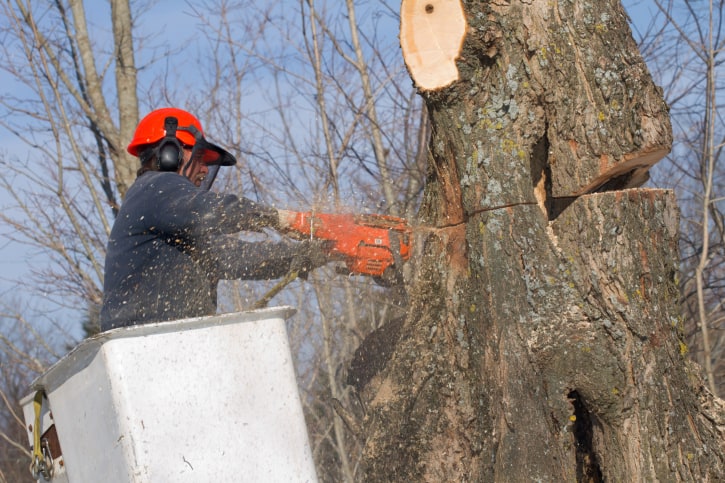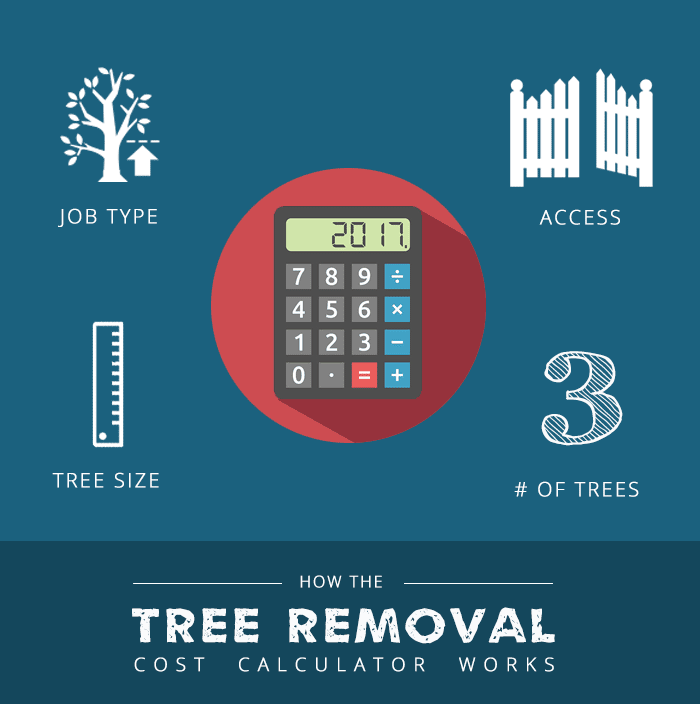Featured
Table of Contents
- – Rental Arborist Costs In DeForest, WI
- – DeForest, WI Tree Removal Safety Check Costs
- – Top Tree Clearing Reviews In DeForest, WI
- – How Much Do DeForest, WI Arborists Cost
- – DeForest, WI Tree Cutting Success Stories: Co...
- – DeForest, WI Tree Cutting Labor Costs
- – Best Tree Clearing Companies In DeForest, WI:...
- – Reviewing DeForest, WI Stump Removal Provide...
- – Small Tree Service Costs In DeForest, WI
- – DeForest, WI Tree Clearing Pricing Guide 2025
- – Arborist Prices In DeForest, WI
- – Special Offers On Arborist In DeForest, WI
- – Complete Guide To Tree Trimming Costs In DeF...
- – Reliable Stump Grinding At Fair Prices In De...
- – Choosing The Right Stump Removal In DeForest...

The subsections listed below supply more detailed information about prices, consisting of an average variety for each. TypeAverage Elimination CostPineConiferPalmMagnoliaArborvitaeAshCedarSweet GumEucalyptusSycamoreCypressOakMaplePoplar You can expect to pay between to remove a pine, depending upon its size. Getting rid of a pine is one of the more cost effective tasks unless it is one that has been around for several years and is rather large.
Rental Arborist Costs In DeForest, WI
Pines also have a tap root that grows deep into the soil, which can prove to be more tough to eliminate. The process itself includes a specialist cutting the tree, clearing the base, cutting the surface area roots, eliminating the stump, and lastly treating the soil. Without an expert hand, you run the risk of leaving pine seedlings behind, which will fall from the roots of distressed pines.
DeForest, WI Tree Removal Safety Check Costs
The U.S. nationwide average for conifer elimination is around to have the conifer lowered, carried away, and the stump ground or gotten rid of entirely. Conifers are usually much easier to remove, and although they can grow rather tall, they do not cost a fortune to eliminate. Conifers include pine, spruce, fir, and juniper trees.
Top Tree Clearing Reviews In DeForest, WI
While conifers are lovely, they eliminate native plants and certain types of yard. This is since they require a great deal of water and nutrients to survive, so they seep it off surrounding plants. They also have an expansive network of roots, which can impact your home's foundation. The average cost of palm removal depends upon the height as much as the type, varying from.
How Much Do DeForest, WI Arborists Cost
That is why it is essential to understand which type you are getting rid of. While you do not need an herbicide to eliminate a palm tree, there are some steps your elimination expert will need to require to make sure the task is done properly. There are two methods they can eliminate them: by chopping them down or digging them up.
DeForest, WI Tree Cutting Success Stories: Costs
This is since little animals like rats and scorpions often live in them. Plus, many types will have spikes, too. From there, they remove the real tree and then the stump. Anticipate to pay between to remove this type of tree, depending upon the precise size and details of the task.
DeForest, WI Tree Cutting Labor Costs
There are three types: green, white, and black ash. White ash is understood for its many colors. With its gray-tinged bark, its leaves are green or purple in the spring and golden yellow or purplish-red in the fall. They delight in moderate climates and lots of sun. The green ash is called such due to its green or yellow foliage.
Best Tree Clearing Companies In DeForest, WI: Pricing

Due to the variation in height, the removal price variance is broad from. A coniferous, evergreen tree, the cedar is a durable species.
Reviewing DeForest, WI Stump Removal Providers: Costs
The development of false cedars differs from 50 feet up to 230 feet high. With star-shaped leaves and spectacular fall colors, the sweet gum is considered a medium to large tree.
Small Tree Service Costs In DeForest, WI
It has a big root base of 40 to 50 feet, which impacts the elimination cost. Usually, it costs between to eliminate a eucalyptus. Eucalyptus are not typical all over, but they are quite big compared to others, which is why even the smaller sized ones are so expensive to get rid of. Initially from Australia, eucalyptus are invasive plants that grow in thick groves that take out native plants.
DeForest, WI Tree Clearing Pricing Guide 2025
There are a handful of ways to do this, including burning, pulling, grinding, or eliminating them with herbicide. Expect to pay between to get rid of sycamores, based on the height, trunk size, and amount of work involved. Sycamores are one of the largest hardwood trees, generally varying from 60 to 100 feet high and as large as 15 feet.
Arborist Prices In DeForest, WI
The first two actions will expose the insides of the tree and cut off the circulation of nutrients up the trunk. From there, an expert applies herbicide to eliminate the tree and reduce the trunk. They will eliminate the stump. Otherwise, new sprouts might grow from it. Reducing and getting rid of a full-grown cypress might cost as much as.
Special Offers On Arborist In DeForest, WI
There are various kinds of Cypress trees, but the most prevalent are the Leyland, Arizona, Bald, and Italian. The Bald Cypress grows in swampy or extremely damp areas while the others delight in a dry, warm, or hot climate (tree trimming). They can grow as tall as 80 to 100 feet high
Complete Guide To Tree Trimming Costs In DeForest, WI

Prone to illness, the Cypress is one of the most treasured woods for furniture. The typical oak grows to around 60 feet, and depending upon the intricacy of the elimination, it costs an average of to eliminate. The specific size of your oak and the effort needed to fell it affect what you will in fact pay for elimination in addition to any extra services like stump grinding.
Reliable Stump Grinding At Fair Prices In DeForest, WI
Access to the trees and the roots will also impact the total expense. Maples are generally among the more expensive trees to eliminate since of their size and the work included in the elimination.
Choosing The Right Stump Removal In DeForest, WI: Price vs Quality
Poplars are giants of the types. Growing as high as 90 to 115 feet, these huge lumbers are mainly found in The United States and Canada and consist of the aspen, cottonwood, and balsam trees. Boasting an extensive root system, poplars can be pricey to eliminate when totally grown. The process to eliminate trees includes all the cutting and cutting of the branches and trunk, bringing it down to a stump.
Table of Contents
- – Rental Arborist Costs In DeForest, WI
- – DeForest, WI Tree Removal Safety Check Costs
- – Top Tree Clearing Reviews In DeForest, WI
- – How Much Do DeForest, WI Arborists Cost
- – DeForest, WI Tree Cutting Success Stories: Co...
- – DeForest, WI Tree Cutting Labor Costs
- – Best Tree Clearing Companies In DeForest, WI:...
- – Reviewing DeForest, WI Stump Removal Provide...
- – Small Tree Service Costs In DeForest, WI
- – DeForest, WI Tree Clearing Pricing Guide 2025
- – Arborist Prices In DeForest, WI
- – Special Offers On Arborist In DeForest, WI
- – Complete Guide To Tree Trimming Costs In DeF...
- – Reliable Stump Grinding At Fair Prices In De...
- – Choosing The Right Stump Removal In DeForest...
Latest Posts
Best Time To Hire A Tree Removal In Fircrest, WA
Decoding Stump Removal Estimates In Ashland, OR
Free Stump Removal Quotes In Lancaster, OH
More
Latest Posts
Best Time To Hire A Tree Removal In Fircrest, WA
Decoding Stump Removal Estimates In Ashland, OR
Free Stump Removal Quotes In Lancaster, OH